As we mentioned here previously, we here at the Library are Resolving to Read (more…different….) in 2018, and tackling both Book Riot’s and Scholastic’s 2018 Reading Challenges. In the hopes of encouraging you to broader your literary horizons along with us, here are some suggestions for books that fall within the categories of the various challenges.
Today’s Challenge: Book Riot 2018 Read Harder Challenge
Category: A Book of True Crime

“True Crime” is a rich and diverse genre, that taps into some of our most basic human tendencies: creating narratives to explain how things happened, providing closure to questions and events, and helping us understand what makes other people tick, and why they do what they do. The lurid details that many of them provide only add to the appeal of these books that often combine superlative research and analysis with visceral violence.
The neat thing about true crime is how wide a scope it covers in terms of its material. Fans of Law and Order or CSI might feel instantly at home in this genre, but there is room for a surprisingly wide array of interesting. History, science, government, economics…all can form the basis of a sensational true crime book. So even if you’re not a dedicated scholar of jurisprudence or police work, there is still a wealth of books for you to savor within this genre!
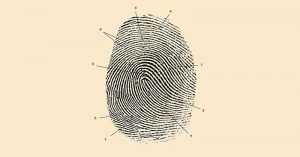
True crime is also a genre that is maturing and evolving constantly, and, as Book Riot points out in their list, is a field that is getting better as a result of more diversity among the authors and subject matter they cover. So here are some of our picks for some sensational reads for your 2018 Resolution. We made a point to select books that both represented the diversity in the genre, as well as the many different angles that true crime can take!
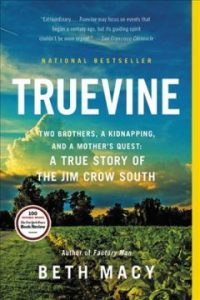 Truevine : two brothers, a kidnapping, and a mother’s quest : a true story of the Jim Crow South: At the heart of Beth Macy’s enormously wide-ranging book is the kidnapping of two young boys from the tobacco farm on which they lived and worked in 1899. George and Willie Muse, both albino Blacks, ended up being sold to the circus, performing in sideshows around the United States, as well as in Buckingham Palace and Madison Square Garden. Their popularity was a result of their skin color and the outlandish performances that were staged for them, presenting them as everything from cannibals from remote jungles to martians. But even as Macy shares George and Willie’s remarkable story, she also tells the story of their mother’s quest to find them again. This is a book that was decades in the researching and making, and is jam-packed full of details, not only about the Muse family and their incredible life stories, but also the history of the circus in the United States, the realities of Jim Crow policies and laws in the American South, and the travel narrative of Macy’s research, all of which combines to create haunting and memorable story.
Truevine : two brothers, a kidnapping, and a mother’s quest : a true story of the Jim Crow South: At the heart of Beth Macy’s enormously wide-ranging book is the kidnapping of two young boys from the tobacco farm on which they lived and worked in 1899. George and Willie Muse, both albino Blacks, ended up being sold to the circus, performing in sideshows around the United States, as well as in Buckingham Palace and Madison Square Garden. Their popularity was a result of their skin color and the outlandish performances that were staged for them, presenting them as everything from cannibals from remote jungles to martians. But even as Macy shares George and Willie’s remarkable story, she also tells the story of their mother’s quest to find them again. This is a book that was decades in the researching and making, and is jam-packed full of details, not only about the Muse family and their incredible life stories, but also the history of the circus in the United States, the realities of Jim Crow policies and laws in the American South, and the travel narrative of Macy’s research, all of which combines to create haunting and memorable story.
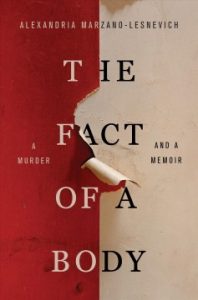 The Fact of a Body : A Murder and a Memoir: Alexandria Marzano-Lesnevich’s genre-bending book was highlighted by many as one of the best of 2017…and for good person. Intensely personal, unflinching in its dedication, and absolutely gripping, this is both the story of a child murderer named Rickey Langley and the Marzano-Lesnevich’s personal history. On her first day at work for a New Orleans defense firm, Marzano-Lesnevich was shown a video of Langley. Though staunchly opposed to the death penalty, watching that tape, she explains, she wanted to see this man dead. As a victim of child abuse herself, the reaction in an understandable one. But as Marzano-Lesnevich wades deeper into her own story, trying to navigate her sense of betrayal, not only at the family member who perpetrated the abuse, but the family members who did nothing concrete to stop it. This book succeeds best when Marzano-Lesnevich deals with personal issues. Her exploration of Langley isn’t quite as searing, but this is still a book that will hold the interest of devoted true crime readers and those readers who love memoirs and family dramas, as well.
The Fact of a Body : A Murder and a Memoir: Alexandria Marzano-Lesnevich’s genre-bending book was highlighted by many as one of the best of 2017…and for good person. Intensely personal, unflinching in its dedication, and absolutely gripping, this is both the story of a child murderer named Rickey Langley and the Marzano-Lesnevich’s personal history. On her first day at work for a New Orleans defense firm, Marzano-Lesnevich was shown a video of Langley. Though staunchly opposed to the death penalty, watching that tape, she explains, she wanted to see this man dead. As a victim of child abuse herself, the reaction in an understandable one. But as Marzano-Lesnevich wades deeper into her own story, trying to navigate her sense of betrayal, not only at the family member who perpetrated the abuse, but the family members who did nothing concrete to stop it. This book succeeds best when Marzano-Lesnevich deals with personal issues. Her exploration of Langley isn’t quite as searing, but this is still a book that will hold the interest of devoted true crime readers and those readers who love memoirs and family dramas, as well.
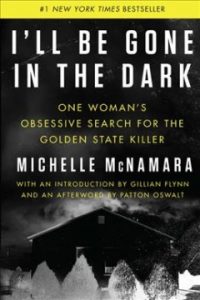
I’ll Be Gone in the Dark: One Woman’s Obsessive Search for the Golden State Killer: For more than ten years, an unknown predator committed fifty sexual assaults in Northern California before moving south, where he committed ten murders. The person then disappeared, and has eluded capture even since. Three decades later, true crime journalist Michelle McNamara, resolved to discover the identity of the person she called “the Golden State Killer.” Michelle pored over police reports, interviewed victims, and embedded herself in the online communities that were as obsessed with the case as she was. Her research is staggering in its depth and insight, and the energy that she invested in this case brings her story to life. Michelle, sadly, passed away while writing this book, and it was completed in her memory by her lead researcher. Though there isn’t the closure of a perpetrator at the end of this story, it’s almost more memorable for being open-ended. This is a book that forces the reader to reckon with the aftermath of violent crimes, and to peer into the lives of people who are forever defined–and forever damaged–by their involvement with this case. This is a book that is already being hailed as a classic in the true crime genre, and offers plenty of goodies for readers who revel in clues and conspiracies. The introduction by Gillian Flynn only adds to the appeal.
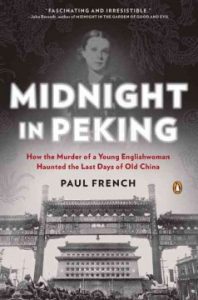 Midnight in Peking: Paul French’s riveting book focuses on the unsolved murder of a British schoolgirl in January 1937. The mutilated body of Pamela Werner was found at the base of the Fox Tower–a place that, in local superstition, is home to the maliciously seductive fox spirits As British detective Dennis and Chinese detective Han investigate the mystery only deepens and in a city on the verge of invasion rumor and superstition run rampant. This is not only the story of a single investigation, but of on an extraordinary time: In 1937, a clash between Chinese and Japanese troops outside Beiping triggered the outbreak of the Second Sino-Japanese War, and would lead to Peking being renamed Beijing. This is a story of the last chaotic days before the outbreak of that war, and the way that international journalists covered not only the murder of Pamela Werner, but also the land in which she was killed. French is and analyst and commentator on China and North Korea, and that expertise shines through in this book that is as much a political history as it is a true crime tale.
Midnight in Peking: Paul French’s riveting book focuses on the unsolved murder of a British schoolgirl in January 1937. The mutilated body of Pamela Werner was found at the base of the Fox Tower–a place that, in local superstition, is home to the maliciously seductive fox spirits As British detective Dennis and Chinese detective Han investigate the mystery only deepens and in a city on the verge of invasion rumor and superstition run rampant. This is not only the story of a single investigation, but of on an extraordinary time: In 1937, a clash between Chinese and Japanese troops outside Beiping triggered the outbreak of the Second Sino-Japanese War, and would lead to Peking being renamed Beijing. This is a story of the last chaotic days before the outbreak of that war, and the way that international journalists covered not only the murder of Pamela Werner, but also the land in which she was killed. French is and analyst and commentator on China and North Korea, and that expertise shines through in this book that is as much a political history as it is a true crime tale.
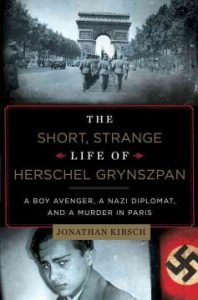 The Short, Strange Life of Herschel Grynszpan: A Boy Avenger, a Nazi Diplomat, and a Murder in Paris: On the morning of November 7, 1938, Herschel Grynszpan, a desperate seventeen-year-old Jewish refugee, walked into the German embassy in Paris and shot Ernst vom Rath, a Nazi diplomat. Two days later vom Rath lay dead, and the Third Reich exploited the murder to unleash Kristallnacht in a bizarre concatenation of events that would rapidly involve Ribbentrop, Goebbels, and Hitler himself. But was Grynszpan a crazed lone gunman or agent provocateur of the Gestapo? Was he motivated by a desire to avenge Jewish people, or did his act of violence speak to an intimate connection between the assassin and his target, as Grynszpan later claimed? Jonathan Kirsch’s book is part true-crime legal drama, and part historical detective work that digs to the roots of a nearly-forgotten story that has huge implications for our understanding of the Holocaust and Nazi occupation of Europe. His concluding meditations on the nature of resistance (which may or may not be relevant to this story–you’ll have to decide for yourself) are really thought-provoking, and add another dimension to an already compelling book.
The Short, Strange Life of Herschel Grynszpan: A Boy Avenger, a Nazi Diplomat, and a Murder in Paris: On the morning of November 7, 1938, Herschel Grynszpan, a desperate seventeen-year-old Jewish refugee, walked into the German embassy in Paris and shot Ernst vom Rath, a Nazi diplomat. Two days later vom Rath lay dead, and the Third Reich exploited the murder to unleash Kristallnacht in a bizarre concatenation of events that would rapidly involve Ribbentrop, Goebbels, and Hitler himself. But was Grynszpan a crazed lone gunman or agent provocateur of the Gestapo? Was he motivated by a desire to avenge Jewish people, or did his act of violence speak to an intimate connection between the assassin and his target, as Grynszpan later claimed? Jonathan Kirsch’s book is part true-crime legal drama, and part historical detective work that digs to the roots of a nearly-forgotten story that has huge implications for our understanding of the Holocaust and Nazi occupation of Europe. His concluding meditations on the nature of resistance (which may or may not be relevant to this story–you’ll have to decide for yourself) are really thought-provoking, and add another dimension to an already compelling book.
Until next time, beloved patrons–good luck with those resolutions!

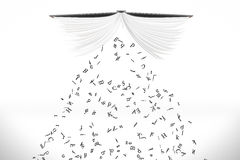
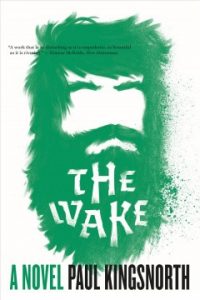
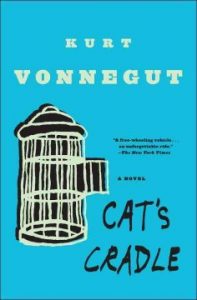
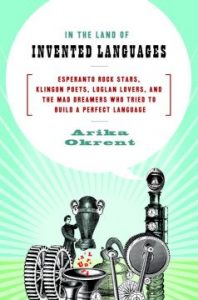

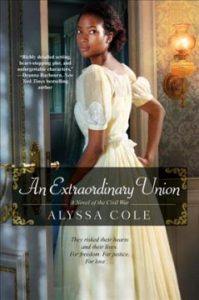
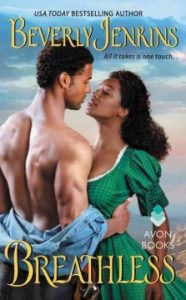
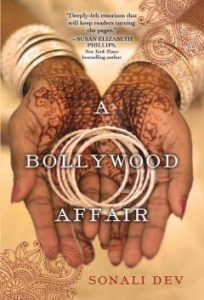
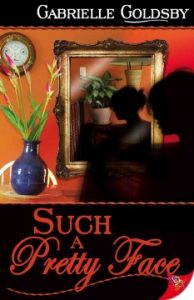
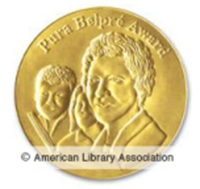
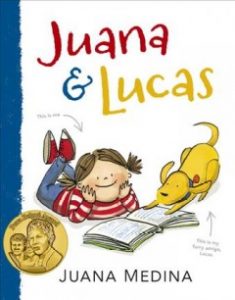
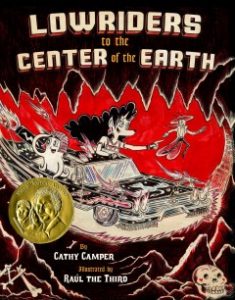
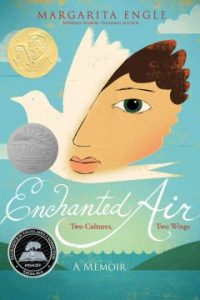
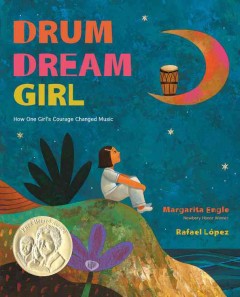
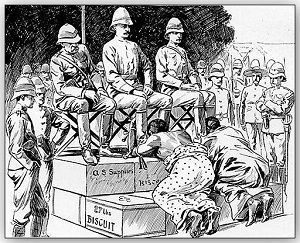
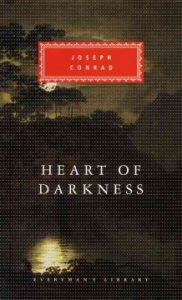 To use an example: Joseph Conrad’s
To use an example: Joseph Conrad’s 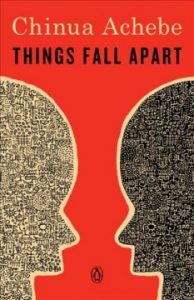 There are two big problems with the phrase “post-colonial”. The first is that it implies to many that the “colonial” period ended. While this may be true in practice, many sites around the world are still grappling with the trauma, the structural inequalities, the cultural ruptures, and social stigmas that colonialism and imperialism imposed on them. The second problem with “post-colonial” is that is that it insists on a “colonial period.” This phrase, first, subtly reinforcing that harmful power relationship by invoking it constantly. A number of books written by authors from countries that were once colonies or sites of empire get labeled as “post-colonial” when they have nothing to do with the imperial relationship. They get that label based on their country’s and people’s history. For example,
There are two big problems with the phrase “post-colonial”. The first is that it implies to many that the “colonial” period ended. While this may be true in practice, many sites around the world are still grappling with the trauma, the structural inequalities, the cultural ruptures, and social stigmas that colonialism and imperialism imposed on them. The second problem with “post-colonial” is that is that it insists on a “colonial period.” This phrase, first, subtly reinforcing that harmful power relationship by invoking it constantly. A number of books written by authors from countries that were once colonies or sites of empire get labeled as “post-colonial” when they have nothing to do with the imperial relationship. They get that label based on their country’s and people’s history. For example, 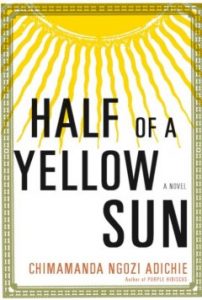
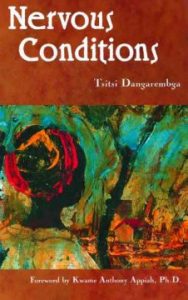
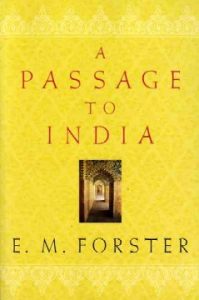
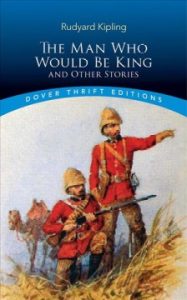
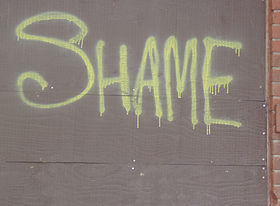
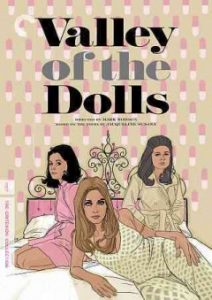 That a list would run such an enormous gamut without comment or critique was in itself…odd to me. A lot of the books there were ones I had read in history and literature classes in college (T
That a list would run such an enormous gamut without comment or critique was in itself…odd to me. A lot of the books there were ones I had read in history and literature classes in college (T

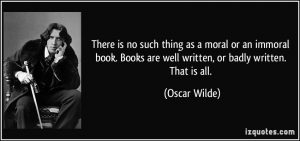
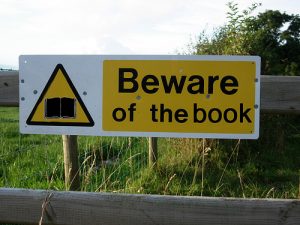

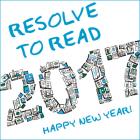 Which is why the Library is the perfect place to kick off a New Year. We have books on “how to do” any topic you can imagine, from
Which is why the Library is the perfect place to kick off a New Year. We have books on “how to do” any topic you can imagine, from 
 I think it’s fair to say that 2016 was not a great year for equality, tolerance, respect, or inclusion. But rather than yell about it on Facebook, or yell at the TV, or…yell in general, I think it’s time we tried to make things better. And books are a sensational way to do that. Literature can touch people in a way that Facebook can’t. They can speak to a person’s psyche in a way that awkward dinner conversations will never be able to do. And they can give you the courage to change the world–or, at least, your world. That is why Bustle‘s reading challenge is so neat–it ties reading into history, the present, and the future, offering concrete steps to exploring feminism, women’s writing, and women’s place in literature, in small, bite-sized chunks.
I think it’s fair to say that 2016 was not a great year for equality, tolerance, respect, or inclusion. But rather than yell about it on Facebook, or yell at the TV, or…yell in general, I think it’s time we tried to make things better. And books are a sensational way to do that. Literature can touch people in a way that Facebook can’t. They can speak to a person’s psyche in a way that awkward dinner conversations will never be able to do. And they can give you the courage to change the world–or, at least, your world. That is why Bustle‘s reading challenge is so neat–it ties reading into history, the present, and the future, offering concrete steps to exploring feminism, women’s writing, and women’s place in literature, in small, bite-sized chunks.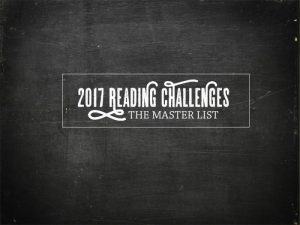 Ok, I was going to draw from this list to populate mine here, but there are too many good ones, and too much fun to be had looking through them. If you are looking for a reading challenge by genre, you’ll find it here. If you are looking for a reading challenge by social cause, religion, subject, or author, you’ll find it here. If you’re challenging yourself to read a specific number of chapters or pages or books, you’ll find ways to count that here. So go to this list, and peruse all the potential reading challenges the new year holds–and we’ll be here to help you make it a reality!
Ok, I was going to draw from this list to populate mine here, but there are too many good ones, and too much fun to be had looking through them. If you are looking for a reading challenge by genre, you’ll find it here. If you are looking for a reading challenge by social cause, religion, subject, or author, you’ll find it here. If you’re challenging yourself to read a specific number of chapters or pages or books, you’ll find ways to count that here. So go to this list, and peruse all the potential reading challenges the new year holds–and we’ll be here to help you make it a reality!